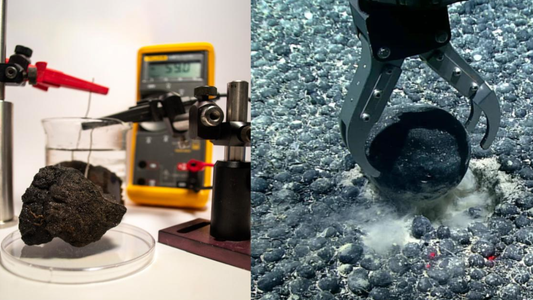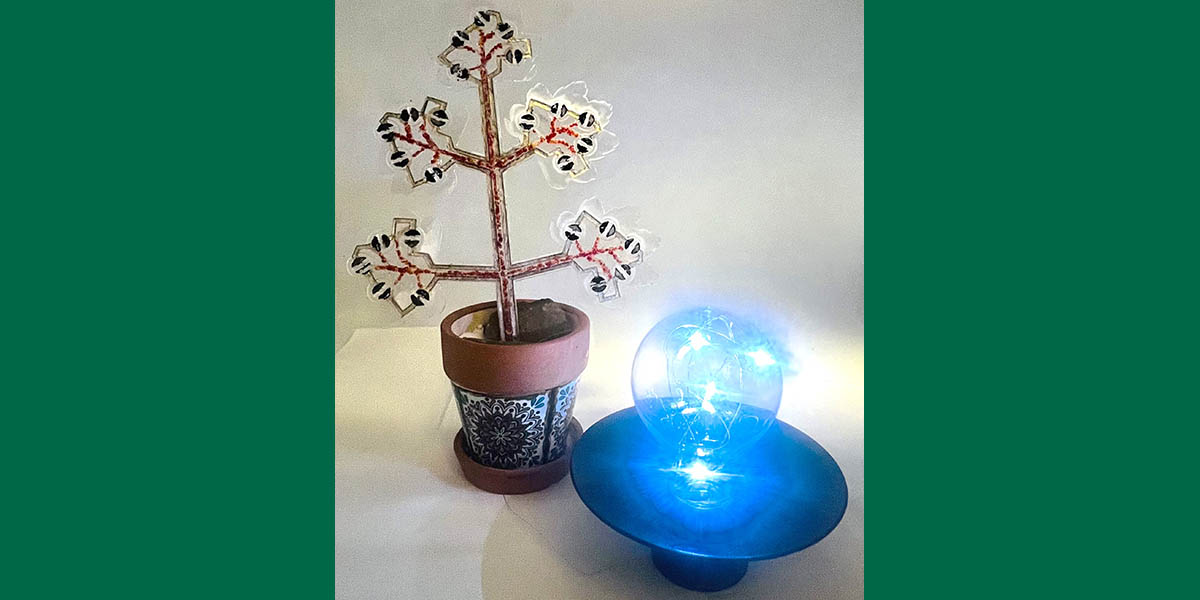In a groundbreaking discovery published in the journal Nature Geoscience on July 22nd, researchers have revealed that metallic nodules found on the seafloor produce oxygen. These nodules, potato-like clumps of various metals known as polymetallic nodules, were previously thought to be inert. However, new evidence suggests they play an active role in generating oxygen, referred to as “dark oxygen,” on the seafloor.
This marks the first time a non-living material has been observed to produce oxygen. Traditionally, scientists believed that oxygen in the deep sea originated from the surface through currents and mixing. However, this discovery challenges this understanding and introduces a new perspective on the deep-sea ecosystem.
To investigate this phenomenon, researchers collected polymetallic nodules and placed them in a laboratory setting mimicking the dark conditions of the seafloor. Surprisingly, they observed an increase in oxygen levels within the enclosed environment. This observation led them to hypothesize that the nodules act as a natural battery, driving the electrolysis of seawater, a process that splits water molecules into oxygen and hydrogen.
Interestingly, the researchers found that the oxygen production rate correlated with the surface area of the nodules, suggesting that the reaction takes place on their surface. Despite this intriguing observation, the exact mechanism and driving force behind this process remain elusive.
While this discovery is still in its early stages, it has far-reaching implications for our understanding of deep-sea ecosystems and the potential impact of deep-sea mining, an industry that targets the extraction of these very nodules. The potential disruption of this newly discovered oxygen-producing process raises concerns about the long-term consequences of deep-sea mining activities.
Further research involving multiple teams and disciplines is necessary to fully comprehend the intricacies of this phenomenon and its broader implications.









